Sam Mackey: Bringing Lomography to the Classroom
1 9 Share TweetAt a time when the importance of art is constantly being downplayed and discarded by our institutions, it’s reassuring to know there are organisations and individuals out there enthusiastically countering this attitude.
Photographer Sam Mackey is one such individual. She has recently been working with AmeriCorps to integrate photography and art into public school curriculums. Her latest project has involved introducing her middle school students to film photography for the very first time by providing them with some Lomography Simple Use Film Cameras.
In this interview she talks with us about the results of the project and also shares some of the reactions the kids had to taking their first ever photos on film.
Hello Sam, welcome to Lomography. May you briefly introduce yourself?
Hello! I’m Sam Mackey, a Photographer and Teaching Artist based in NYC, originally from Troy, New York. I currently work at Hawtree Creek Middle School in Queens, NY, through ArtistYear (AmeriCorps), which is a non-profit dedicated to arts accessibility and equity. In my own work, I flock towards photojournalism and music photography. I’ve always been passionate about the idea that our moments are worth capturing, and spreading the idea that the arts are a part of everything we engage with, and want my students to understand the same.
What does film photography mean to you? And what perspectives do you share with your students?
I first fell in love with film photography through a class in highschool, I loved the slowness and intentionality of it. Film for me has always been more about the process, and really feels like magic, which I wanted my students to be able to experience. Nowadays, we’re used to everything being so instant; It’s nice to slow it down for a change and really think about the image you’re creating.
This instantaneousness of everything in modern day is a major reason that I wanted to introduce film to my middle schoolers. I grew up in the middle of smartphone development. My childhood photos are all film but I had an iPhone once I reached highschool. Teaching in a middle school these past couple years, I realized how my students have had digital devices like cell phones and iPads around them for their whole lives. Most hadn’t ever used a digital camera before, let alone ever experienced film. I wanted to not only give them a new experience that they otherwise likely wouldn’t have access to on their own, but also encourage them to take a step back and be able to really see photography as an art form that takes time and practice, rather than just through quick snapshots like they’re used to.
Can you tell us about this project, the provided instructions, and any inspiration behind it?
I left the parameters of the film photography projects with my students very open; simply show me your life and what catches your eye through the film camera. To begin, we discussed the history of film and the science behind how light creates an image. After observing the visual qualities of film photos and reviewing elements of composition, we went on a photo walk around the neighborhood. From there, they were free to use the cameras in school, as well as take them home for about 6 weeks.
Some took photos in the schoolyard, another brought hers along on vacation to California, another documented a family gathering. Afterwards, we did a series of reflections about how film was different from what they are used to, noting any surprises, challenges, or things they enjoyed. They then created a multimedia piece with their photos, ranging from collages to handmade frames to painting on top of their images; It didn’t matter what they created, as long as it was hands-on. My students are between 10-13 years old, so at this age I’m mainly just trying to get them to practice capturing moments or sights that seem interesting to them, explore materials, and get in the habit of seeing the world like a photographer.
Why did you choose Lomography Simple Use Cameras?
On my own, I used to dissect discarded disposable cameras to reload them, and then I came across the Lomography Simple Use Cameras which completely changed the game. I thought that their ease of use and price point would be perfect to use in the classroom for my middle school students that were just learning to use film, and Lomography kindly donated a handful of cameras for my program.
What were the students’ impressions of the camera and their results?
Most students had never used or seen film before, so it was difficult to understand at first. They were surprised to hear that most of their parents’ and grandparents’ childhood and teenage photos would have been taken with film and that digital photography didn’t exist yet back then, and were also surprised at how small the cameras were.
7th grade student Gianna H. shared “When taking photos, it was really fun and relaxing. I’ve never taken film photos before so it was a cool experience. Going around my house with the camera was a fun thing to do in my free time.” Some found it a bit challenging, as it was hard to understand and remember the importance of having proper lighting as opposed to our cell phone cameras that auto-adjust to low light, and to complete a whole roll without knowing how the photos were turning out. “My experience with shooting film was amazing. I hoped I could see them right away, but I enjoyed the overall process. I feel happy with my end results and loved this project” shared 7th grader Alexander C.
They also enjoyed being able to take photos in places that they otherwise might not, whether that’s due to not having a camera of their own, or due to the fact that they typically can’t take photos at school. 7th grader Arianna S. said “I liked how having the film cameras allowed me to take photos of things I normally wouldn’t be able to.”
How do the students compare black and white to color photography?
Many described the look of the black and white photos as “aesthetically pleasing” and “vintage.” My student Kyle G. thought “The photos looked nostalgic, and black and white made them look more interesting. I used a film camera when I was tiny, so it brought back some memories.” Alyssa C. shared “Having the photos be black and white was new and weird for me because everything in my room and in my life is so colorful, so it was different. It felt very old-timey, but I’m happy with how they came out.”
What takeaways did you hope for your students
I hope that they can look at photo taking a little more intentionally, and truly be in the moment when photographing. I wanted them to experience that magic feeling that film has and the excitement of waiting to see your photos, while understanding the roots of photography. I wish that through film and photography in general, my students get accustomed to being more observant in their daily lives and pay attention to things that look or feel interesting to them. Most importantly, I want them to feel that their lives and everyday experiences are worth documenting and preserving, even if they are mundane.
Thank you to Sam Mackey and the students of Hawtree Creek Middle School for sharing this project with us! Check out Sam's Instagram and website to see more of her work.
written by alexgray on 2022-07-10 #culture #people #black-and-white #education #new-york #lomography-simple-use #lomochrome-metropolis #sam-mackey






























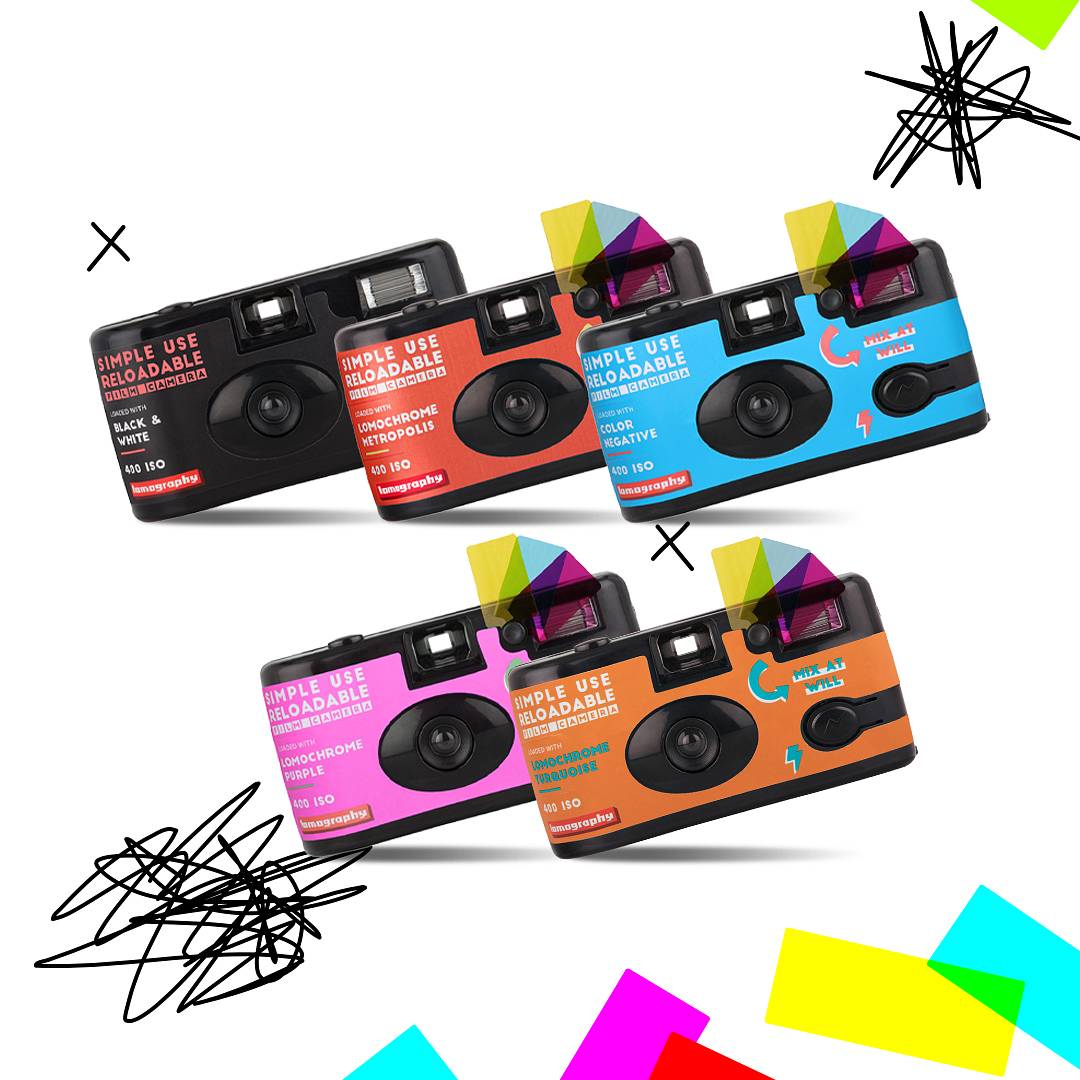
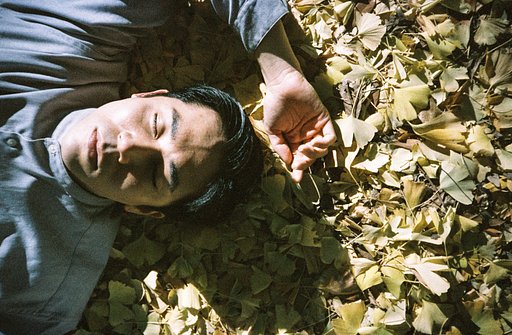

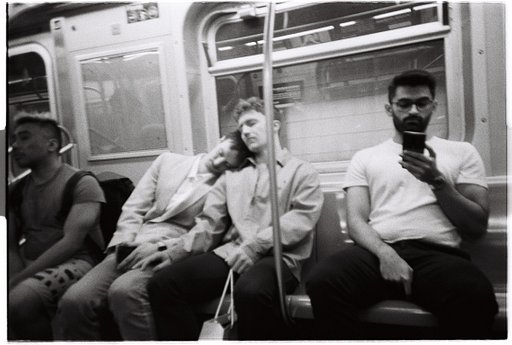


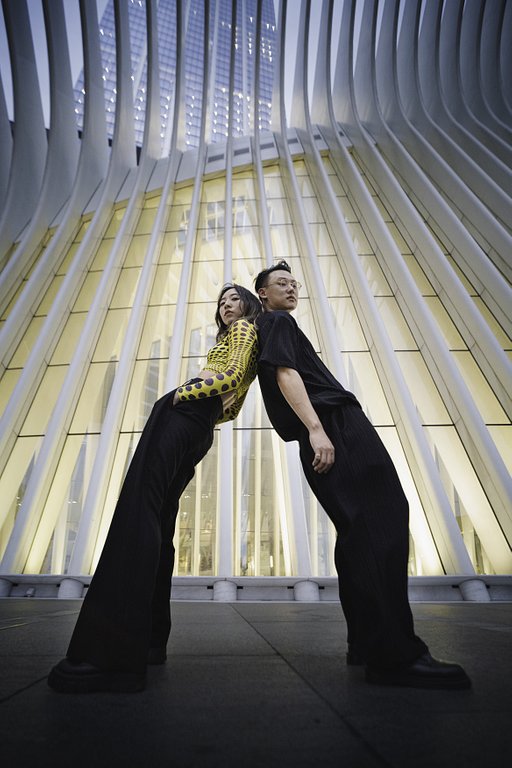


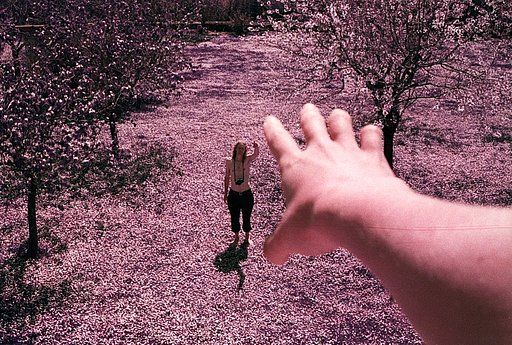







One Comment